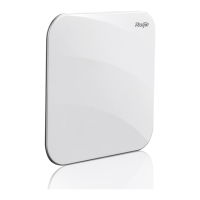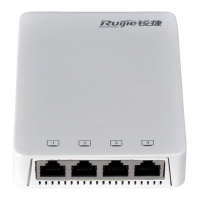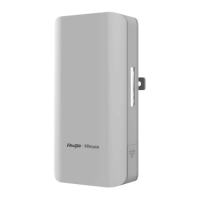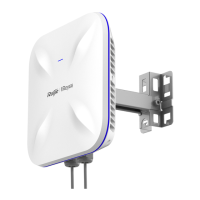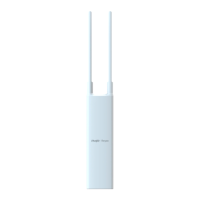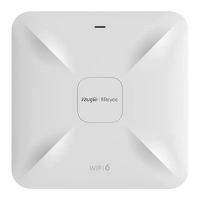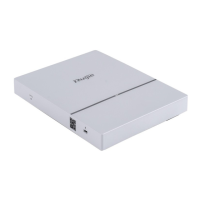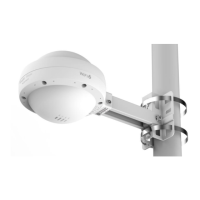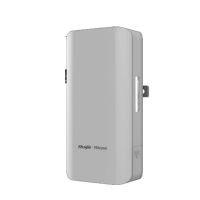Configuration Guide Configuring NAT
Static/dynamic basic NAT or static/dynamic NAPT can be used for inside source address translation. For details, see
the "Basic NAT" and "NAPT" sections.
Configuring Static Translation of Outside Source Address
Static translation of outside source address is not configured by default.
Use the ip nat outside source static global-address local-address command to configure static translation of
outside source address.
Configuring Dynamic Translation of Outside Source Address
Dynamic translation of outside source address is not configured by default.
Use the ip nat outside source list access-list-number pool address-pool command to configure dynamic
translation of outside source address.
Configuring an ACL
No ACL is configured by default.
Use the ip access-list { extended | standard } { id | name } command or the access-list command to configure an
ACL.
Configuring a Static Route
Mandatory configuration.
Use the ip route network net-mask { ip-address | interface [ ip-address ] } [ distance ] [ tag tag ] [ permanent | track
object-number ] [ weight number ] [description description-text] [ disabled | enabled] [ global ] command to
configure a static route, which is used to specify the network egress after inside destination address translation.
10.3.4 TCP Load Balancing
When the TCP traffic load of an intranet host is excessively heavy, multiple hosts can be deployed to implement TCP
service load balancing. In this case, NAT can be used to attain this objective.
Working Principle
Create a virtual host with NAT to provide the TCP service. The virtual host maps to multiple physical hosts. Then the
virtual host polls and replaces destination addresses, so as to implement traffic load distribution.
Related Configuration
Configuring NAT Interfaces
By default, no interfaces are NAT interfaces.
Run the ip nat { inside | outside } command to specify a couple of NAT interfaces.
NAT does not work on a data packet unless a route exists between the outside interface and the inside interface and
the data packet meets a certain rule. Therefore, at least one inside interface and one outside interface need to be
configured on the router.
Configuring the Address Pool
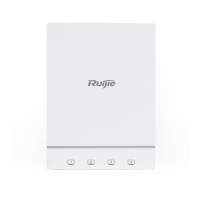
